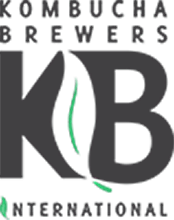Yeast ecology of Kombucha fermentation
Authors:
Julian Cox, Ai Leng Teoh, Gillian Heard
Abstract:
Kombucha is a traditional fermentation of sweetened tea, involving a symbiosis of yeast species and acetic acid bacteria. Despite reports of different yeast species being associated with the fermentation, little is known of the quantitative ecology of yeasts in Kombucha. Using oxytetracycline-supplemented malt extract agar, yeasts were isolated from four commercially available Kombucha products and identified using conventional biochemical and physiological tests. During the fermentation of each of the four products, yeasts were enumerated from both the cellulosic pellicle and liquor of the Kombucha. The number and diversity of species varied between products but included Brettanomyces bruxellensis, Candida stellata, Schizosaccharomyces pombe, Torulaspora delbrueckii, and Zygosaccharomyces bailii. While these yeast species are known to occur in Kombucha, the enumeration of each species present throughout fermentation of each of the four Kombucha cultures demonstrated for the first time the dynamic nature of the yeast ecology. Kombucha fermentation is, in general, initiated by osmotolerant species, succeeded and ultimately dominated by acid-tolerant species.
Country: Australia
Citation: Teoh, A. L., Heard, G., & Cox, J. (2004). Yeast ecology of Kombucha fermentation. International journal of food microbiology, 95(2), 119-126.
Study Mailing Address:
Food Science and Technology, School of Chemical Sciences, University of New South Wales, Sydney NSW 2052, Australia
Date Updated: February 18, 2021
 0 people like this study.
0 people like this study.